The removal of apex predators causes lasting damage that cannot be quickly reversed by wolves’ return, a Colorado State University study found.
The 20-yearlong experiment, funded by the National Science Foundation and published in Ecological Monographs, challenges the widely accepted idea that the reintroduction of wolves to Yellowstone National Park quickly restored an ecosystem degraded by their absence.
“Researchers in CSU’s Warner College of Natural Resources examined the effects of three apex predators — carnivores at the top of the food chain not preyed on by other animals — in Yellowstone,” a CSU press release reads. “Depleted populations of cougars and grizzly bears naturally recovered about the same time wolves were reintroduced to the park in 1995. The absence of these predators for nearly a century transformed the food web and landscape.”
“The conservation message is, ‘Don’t lose them in the first place. Keep the food web intact because there’s not a quick fix for losing top predators from ecosystems.’” -Tom Hobbs, professor emeritus and researcher
Though Yellowstone wanted to know the specific effects of the reintroduction of wolves, at the same time, the cougar and grizzly populations in the park were rebounding. Because of this, the study couldn’t separate the impact of wolves from that of other large predators in the park, said Tom Hobbs, who authored the study alongside David Cooper.
Hobbs is an emeritus professor in the CSU department of ecosystem science and sustainability and the Natural Resource Ecology Laboratory, and Cooper is a senior research scientist emeritus in the department of forest and rangeland stewardship
“When you disturb ecosystems by changing the makeup of a food web, it can lead to lasting changes that are not quickly fixed,” Hobbs said. “We can’t rule out the possibility that the ecosystem will be restored over the next 40 years as a result of the return of apex predators. All we can be sure of is what’s observable now — the ecosystem has not responded dramatically to the restored food web.”
Even though wolves proved not to be a quick fix for Yellowstone’s ecosystem, Hobbs said, restoration of apex predators produces healthier ecosystems in the long run.
“The conservation message is, ‘Don’t lose them in the first place,” Hobbs said. “Keep the food web intact because there’s not a quick fix for losing top predators from ecosystems.’”
Yellowstone made an active effort to remove predators in the 1920s. This led to an abundance of herbivores, changing the functionality of the ecosystem. Overgrazing from the elk population caused pivotal changes in the streams, for example.
Beavers and willows have a mutualistic relationship. Beaver dams support favorable soil moisture conditions for willows, and willows provide food and dam-building materials for beavers.
“Without beaver-engineered flooding, small streams in the northern range cut deeper into the landscape, disconnecting roots of willows from groundwater,” the CSU press release reads. “Willows never recovered their former height and density.”
The reintroduction of wolves to Yellowstone in 1995, followed by cougar and grizzly populations rebounding on their own, contributed to a drop in the elk population.
The browsing of woody food sources has not declined proportionally due to an increase in bison herds. Because of the large size of bison, Yellowstone’s carnivores typically don’t prey on them.
“The elk simply out-competed the beaver for food and degraded the vegetation so much, the beavers were gone by the 1950s,” Cooper said. “It’s been almost 75 years or more since beavers have been really abundant. And without beavers building dams and stabilizing the streams, the streams have enough power to actually incise the floodplain, to cut deeper and dry out the floodplain.”
Though the reintroduction of wolves has been widely accepted as the fix for these damages to streams, Cooper and Hobbs found that the return of apex predators didn’t return the ecosystem to its former status.
“You lose predators, (and) the herbivores become very abundant,” Cooper said. “And they have effects on the plant communities that change the composition of the communities. And the change in the plant communities changes ecosystem processes.”
“In Yellowstone, it changed the hydrologic regime of the smallest streams; it changed the way those streams operated and how deep they were and so on,” Cooper said. “And it’s those ecosystem changes that last a long time. They’re not quickly reversed by putting the apex predators back into the system.”
The study could have implications for Colorado, as the state voted in favor of wolf restoration in 2020. Colorado Parks & Wildlife released 10 wolves into the state Dec. 18-22, 2023, and plans to introduce more in coming years.
“Unlike Yellowstone, Colorado’s landscapes have not experienced widespread, excessive grazing or browsing from elk,” Hobbs said. “The state has done a good job of managing elk populations using hunting.”
While the ecosystem benefits are not substantial over 20 years, Hobbs and Cooper said there are still abundant reasons to restore wolves.
“Our work supports the fact that wolves are important components of ecosystems,” Cooper said. “They will have some ecosystem benefits by reducing some large herbivore populations. Over the next hundred years, they’ll have a greater role in regulating some of the ecological processes that we’ve been studying.”
Hobbs and Cooper’s work proved popular videos like “How Wolves Change Rivers” misrepresent both the impact of wolves and the state of Yellowstone’s rivers.
“That’s the story that the public has embraced,” Hobbs said. “And that’s the story that’s been repeated in lots of media — for example, National Geographic — and it’s just wrong. … It deflects attention from real problems that Yellowstone has — climate change and invasive species — because it makes it look like, ‘Oh, well, after wolves have been reintroduced, … everything’s wonderful.’ And it’s just, frankly, quite inaccurate.”
This designed experiment conducted in Yellowstone is the longest of its kind and adds to evidence supporting the theory that the degradation of ecosystems may not be reversed when harmful stressors are mitigated. The findings of this study are meant to support resource managers, students and others interested in learning about the relationship between food chains and ecosystems.
“Really good, rigorous science is really important to finding out the truth about nature and using that to help inform resource managers,” Cooper said. “You know, telling stories is great, but doing hard science that is rigorous, includes experiments and helps train students is really what universities are for. And Tom and I really worked hard over 20 years to do that kind of science and convey it to the world.”
Reach Ivy Secrest at science@collegian.com or on Twitter @IvySecrest.


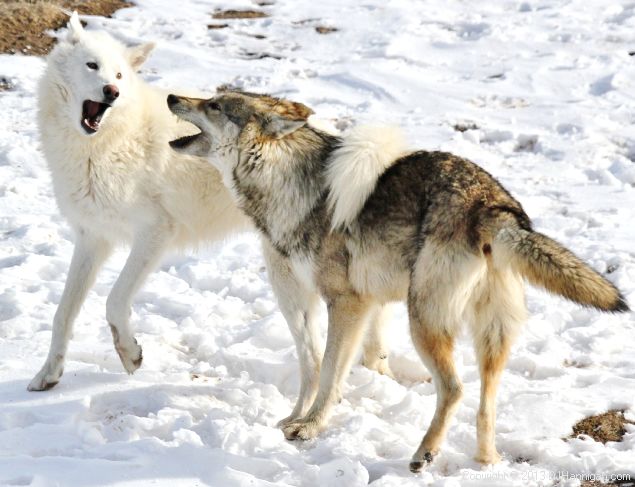
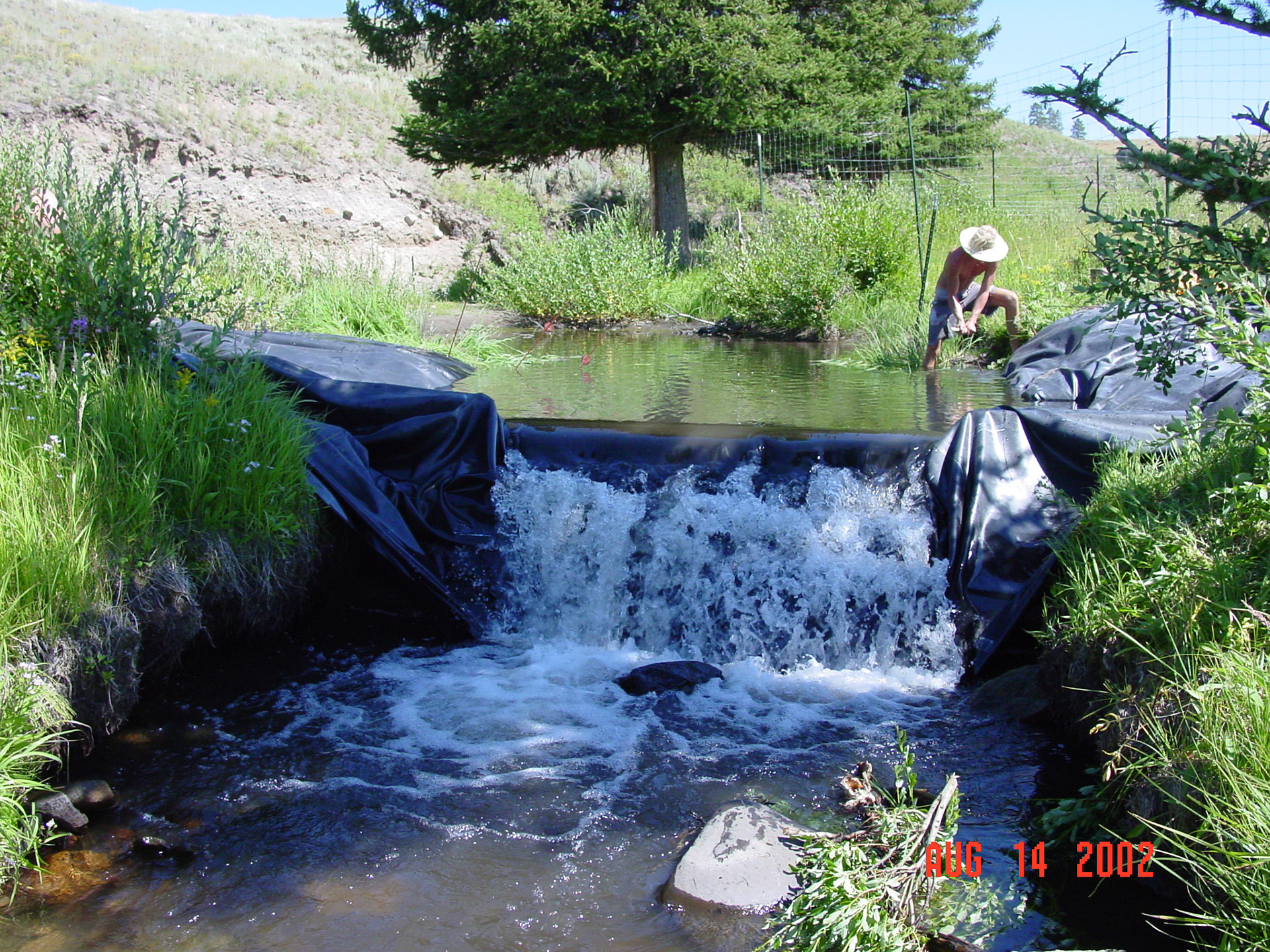

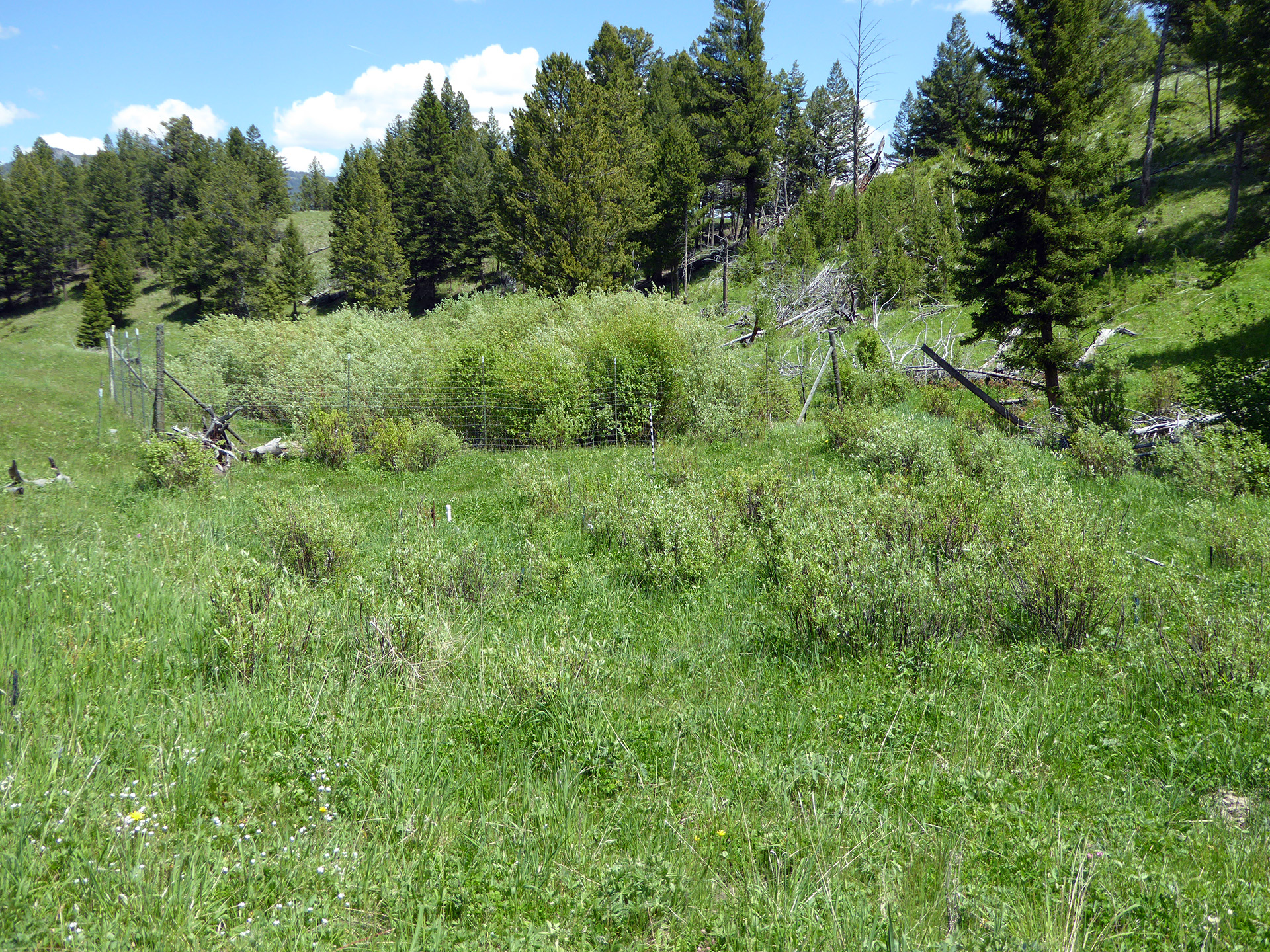
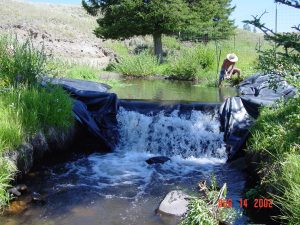

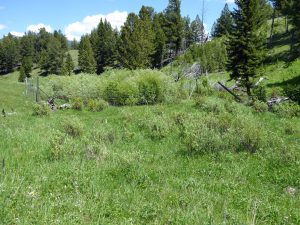




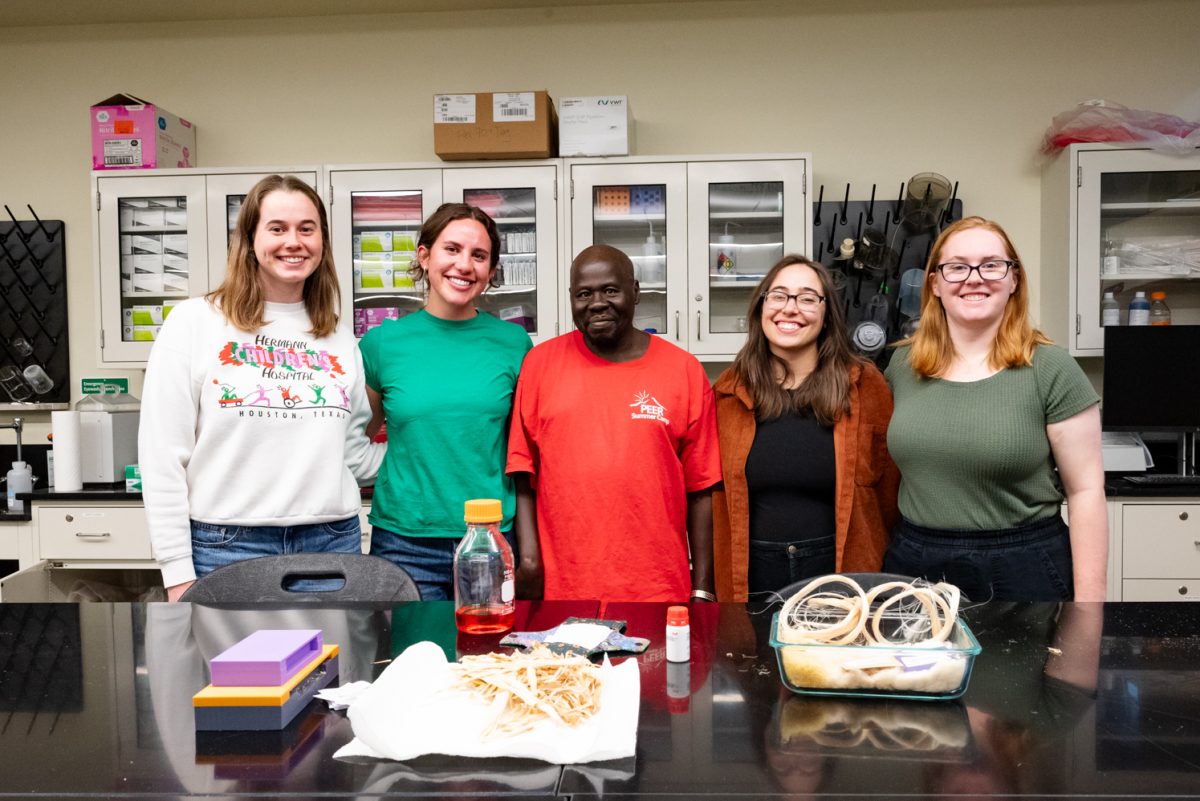

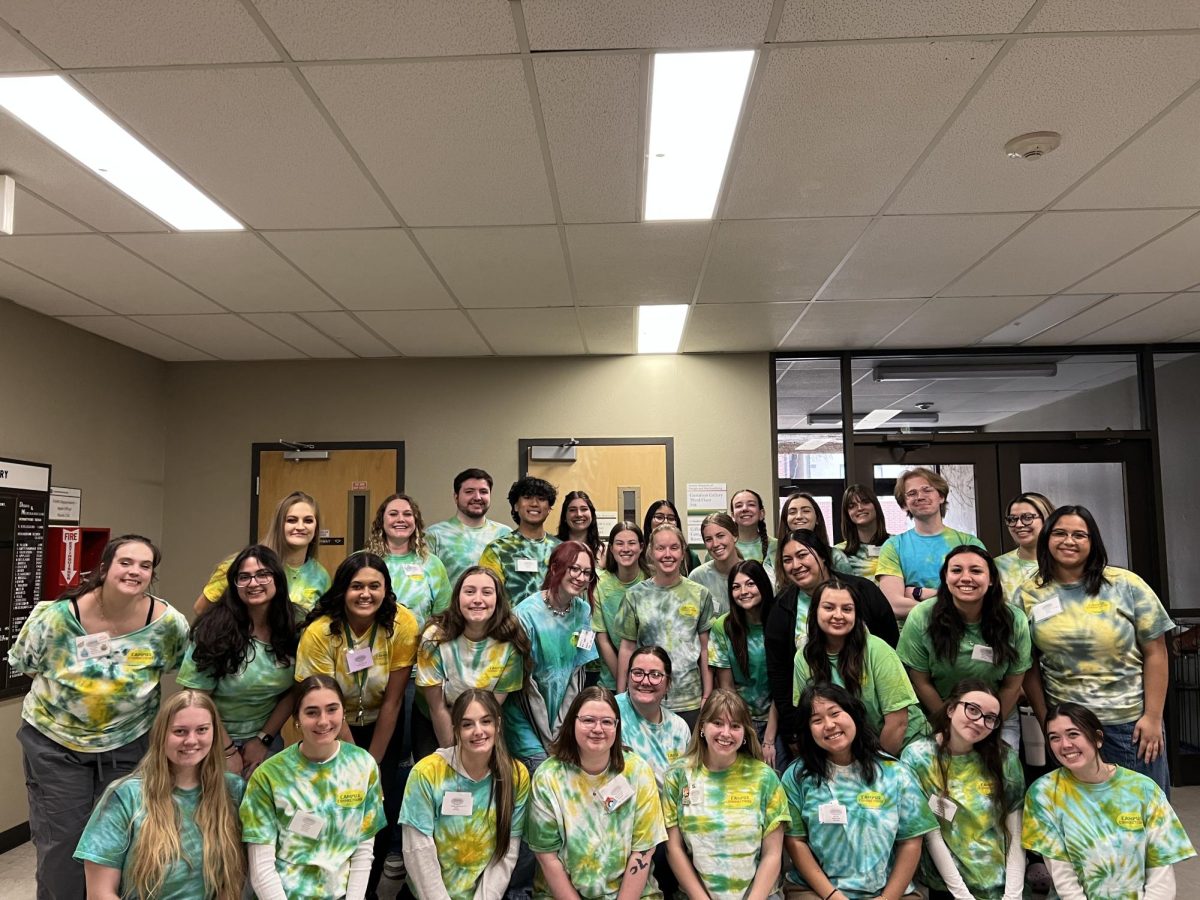



Gideon A. • Feb 12, 2024 at 12:29 pm
Great job Ivy! Very interesting to hear about the true effects that wolf reintroduction has. Did Cooper mention anything about beaver reintroduction being a potential solution or not? I can’t imagine that is anything in the cards, but this made me curious.